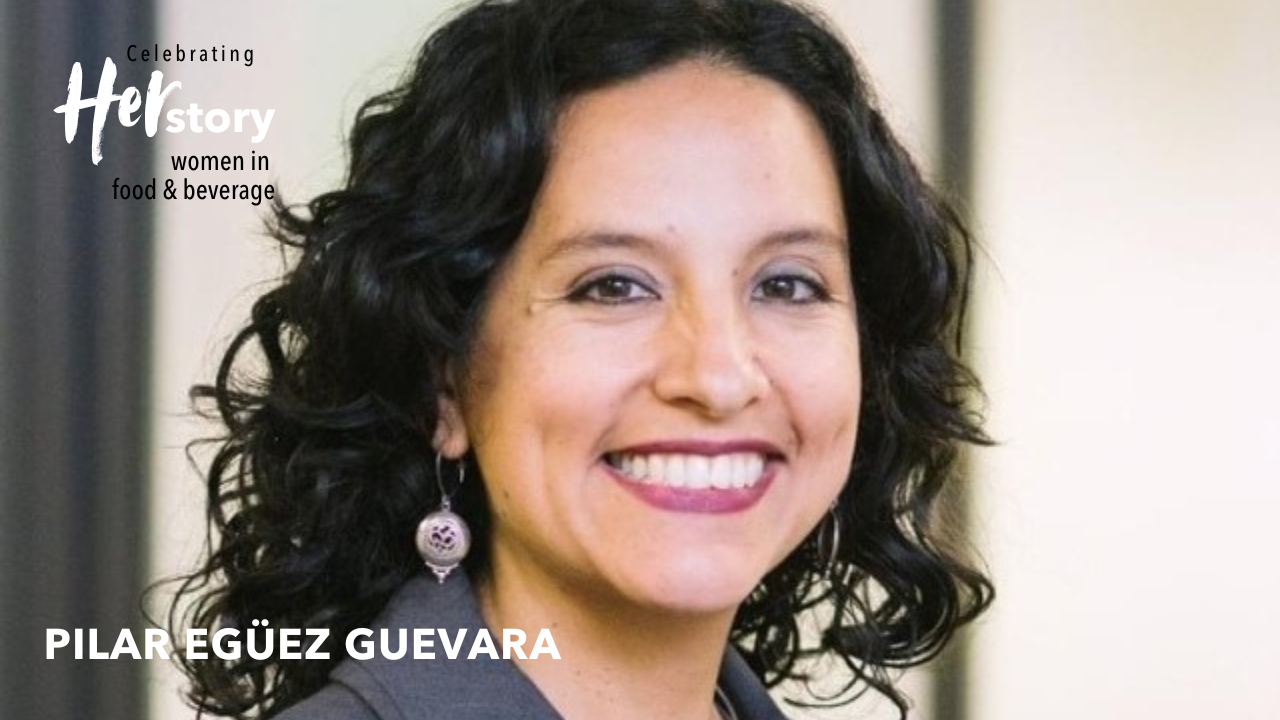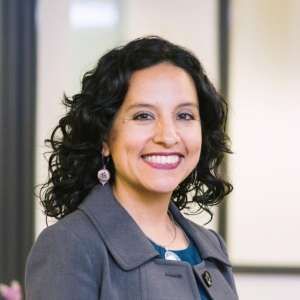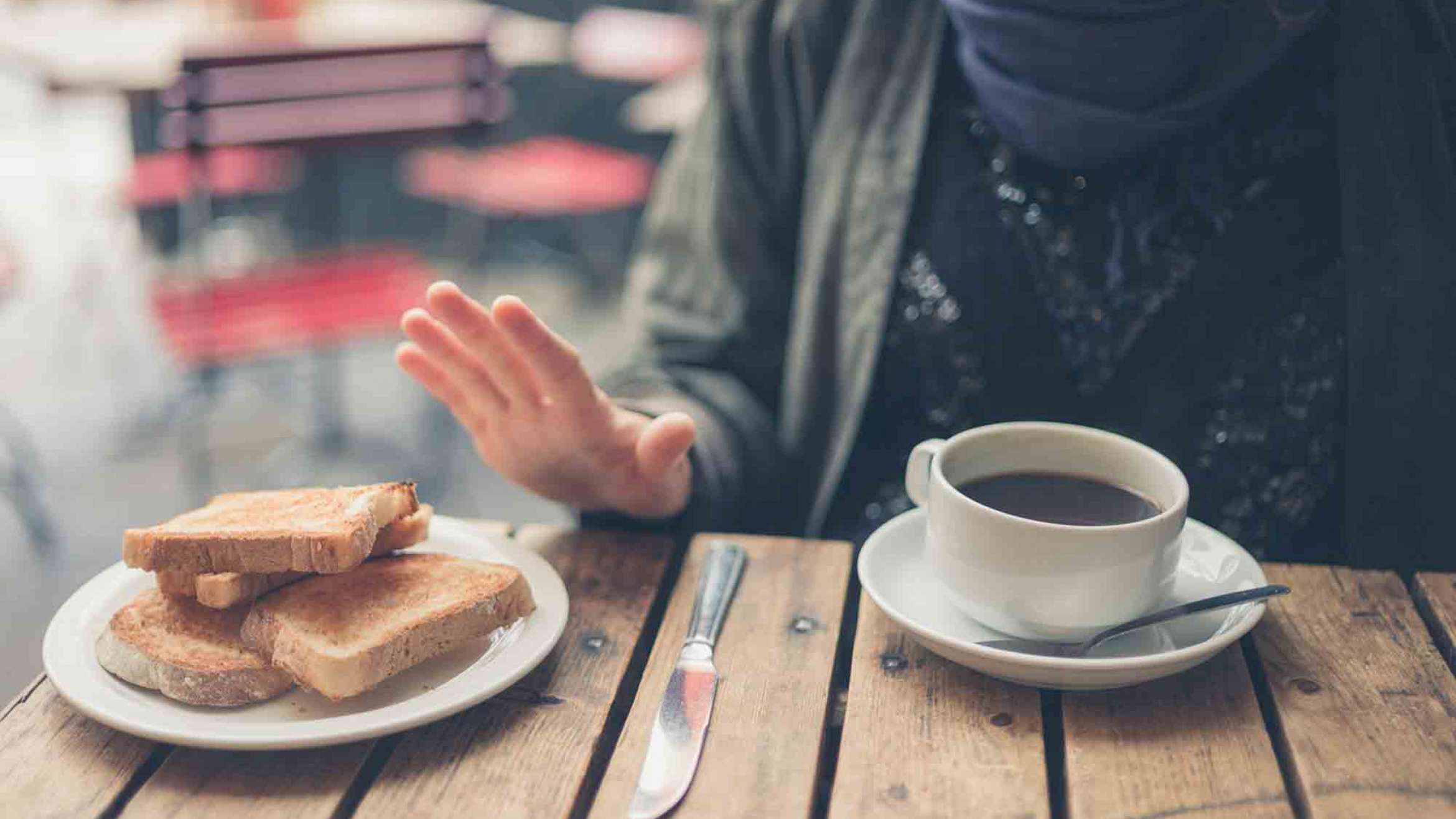Foods that Heal: Highlighting the Value of Local Food
Eating at a Meeting Podcast Episode 122
Women’s HERstory Month
As an Ecuadorian anthropologist, writer, and filmmaker Pilar Eguez Guevara uses her independent food education and media company to highlight the value in local knowledge about food. Carried and preserved by elders through food traditions, she creates spaces of belonging through the empowerment that comes from access to knowledge about the value of traditional foods.
Join Tracy and Pilar as they discuss how understanding and respecting traditional food knowledge is a way to re-generate or recover a sense of belonging, self-appreciation, pride, and self-worth through our cultural traditions.
Pilar Eguez Guevara
Pilar is an Ecuadorian anthropologist, writer, and filmmaker based in Kansas. Co-founder and director of Comidas que Curan, an independent food education and media company that blends ethnography and film to document and teach about food traditions and transformations in Ecuador and Latin America.
What do safe, sustainable, and inclusive food and beverage experiences look like to you?
Through my years of ethnographic research in Ecuador, I found that many people eat their traditional foods with shame and guilt, due to racism and misinformation, i.e. beliefs promoted by the food industry and Western medicine that traditional foods are bad for health. An important part of our work over the years at Comidas Que Curan has been to highlight the value in local food knowledge. This knowledge is carried and preserved by elders through food traditions and has been increasingly verified (or re-discovered) by Western science. We highlight this traditional food knowledge as a way to re-generate or recover a sense of belonging, self-appreciation, pride, and self-worth through our cultural traditions. We use filmmaking and research as tools to generate curiosity and appreciation for ancestral food wisdom, particularly among youth. In doing so we go beyond inclusion (i.e. “fitting in”), and instead, we create spaces of belonging through the empowerment that comes from access to knowledge about the value of traditional foods.
Do you have an example of a situation that negatively affected you and/or other individuals or groups’ food and beverage experience?
Over 10 years of conducting ethnographic research, I interviewed over 100 people in Ecuador, mostly older adults and women of color. In working with people of African descent on the coast of Ecuador, I heard many testimonials of people eating locally available, traditional foods such as coconut, plantains, and even seafood with guilt and shame. Some staple foods like plantains are thought to be “foods of slaves” and disregarded in favor of white bread or white rice. Coconut-based foods are thought to be fattening or even life-threatening. Medical doctors advise people to avoid these foods, and teachers at schools tell students not to eat these foods. In the Ecuadorian highlands, where I am from, there are stigmas and beliefs about certain foods being unhealthy, such as pork and pork lard, butter, or liver. One of the first people I interviewed about this back in 2010 was my dad, he confessed to having felt guilty every time he ate one of his favorite foods, braised pork (fritada).
For many years I felt guilty about eating certain foods such as those containing fat, sugar, beef, or pork. I believe nobody should feel ashamed or guilty about eating any given food, no matter how “unhealthy” it may be thought to be, because the experience of eating with pleasure and at peace should be a right for everybody. Eating is so much more than the food we put in our mouths.
What is a best practice you use/or have seen to create safe, sustainable, and inclusive F&B experiences?
The most transformative experience I have encountered in my work is connecting people to their own heritage through food. At Comidas Que Curan we create learning experiences where food is understood and appreciated for its cultural significance, and how it connects us to our families and communities. For example, in our workshops, we ask students to choose a special family recipe, and research it, get curious as to where it came from, who made it, and how it has changed over time.
This entails investigating the food ingredients, their history, and trajectories, but also requires talking to the people in our families and communities who know how to make this food into a safe-to-eat, delicious meal. It also entails collecting the stories and memories through which this knowledge has been packaged and carried for generations in order for us to enjoy the taste and the experience of eating it today. This exercise creates a bridge between two generations, the one who investigates the meal and the experts or consultants, the mothers and the grandmothers who oftentimes we take for granted. This has been the experience of my students and my own. Interviewing my dad about his own life history and knowledge about food, for instance, completely transformed a life-long difficult relationship into one of mutual respect and admiration.
What do you wish people knew about what you do?
We conduct research and create community-based food documentaries through ethnographic film workshops in rural areas in Ecuador. We also carry out screenings and film forums with US college students and other institutions. Our latest award-winning documentary, Raspando coco (Scraping coconuts, 30 mins.) is now available at 15 college libraries across the US. For more information visit www.raspandococo.com. Our short food documentaries can be viewed on our website www.comidasquecuran.org.
Announcement: We will be premiering three new short films about three traditional foods from the Ecuadorian coast this coming March. Subscribe to our list to get updates and the link to attend the online premiere at www.comidasquecuran.org.
Just for fun…What are your favorite food and drink?
Sweet plantains cooked in butter, raspadura (raw cane sugar), and cinnamon.
Mamey milkshake (Batido de mamey). Mamey is a fruit that grows in tropical regions. It’s popular in Cuba where I lived for a while and where my husband is from.
Links
Connect with Pilar — LinkedIn | Website | Facebook | Instagram
Check out other featured guests on the Eating at a Meeting podcast.
Eating at a Meeting is part of the Nitty Grits Podcasts network




